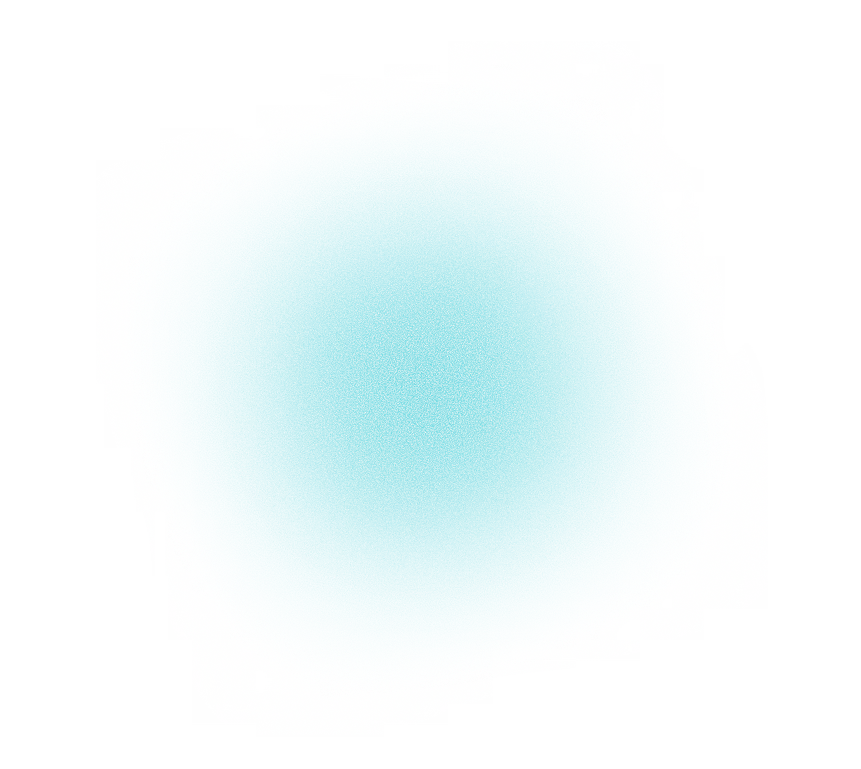Automated retrospective data extraction from EHRs using NLP creating an OMOP-CDM database
With most health data being held in an unstructured format (e.g., Electronic Health Records (EHRs)) or in a structured format but in different databases and with different medical coding dictionaries, the data can serve for its primary use within the hospital but becomes difficult to reuse for research. Federated OMOP-CDM health databases can serve hospitals and researchers to gain insights into real-world populations on, among others, the effectiveness of treatments and the progression of diseases.
Continue reading below about a study in Heart Failure (HF) using a federated OMOP-CDM database generated from data of EHRs.
Download the abstract (as showcased at the OHDSI 2023 symposium) by completing the form.
Authors: Dries Hens, Ana Moya, Clara L. Oeste, Monika Beles, Sofie Verstreken, Riet Dierckx, Ward Heggermont, Jozef Bartunek, Eline Bogaerts, Imke Masuy, Marc Vanderheyden


Cardiomyopathy caused by transthyretin amyloid (ATTR-CM) is a fatal and progressive illness that frequently has delays in diagnosis and treatment. The objective of this study is to analyze individuals with ATTR-CM in a real-world population of heart failure (HF) patients using a federated Observational Medical Outcomes Partnership (OMOP) Common Data Model (CDM) database generated from data of electronic health records (EHRs). Additionally, it pinpoints single and combined ATTR-CM predictive factors in this European population.
Natural language processing (NLP) was used to process unstructured and semi-structured data from EHRs of HF patients at a Belgian hospital (2012–2020) to create an OMOP–CDM database.
Complete the form above to download the abstract and read more on the methodology used and the results obtained.
Cardiomyopathy caused by transthyretin amyloid (ATTR-CM) is a fatal and progressive illness that frequently has delays in diagnosis and treatment. The objective of this study is to analyze individuals with ATTR-CM in a real-world population of heart failure (HF) patients using a federated Observational Medical Outcomes Partnership (OMOP) Common Data Model (CDM) database generated from data of electronic health records (EHRs). Additionally, it pinpoints single and combined ATTR-CM predictive factors in this European population.
Natural language processing (NLP) was used to process unstructured and semi-structured data from EHRs of HF patients at a Belgian hospital (2012–2020) to create an OMOP–CDM database.
Complete the form above to download the abstract and read more on the methodology used and the results obtained.



